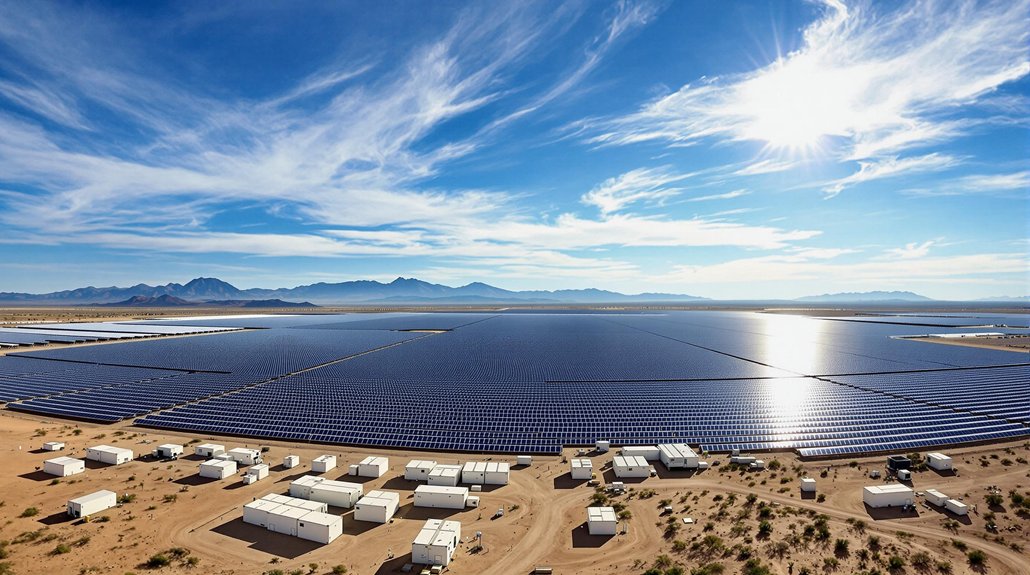Nissan and Stena Recycling are giving “dead” EV batteries a second chance in Norway. These power cells, still retaining up to 80% capacity after vehicle use, find new purpose in stationary energy storage. The collaboration transforms the Ausenfjellet facility into a “battery spa” where retired cells serve another 5-10 years backing up grids and storing renewable energy. It’s basically battery reincarnation, but with fewer spiritual questions. The environmental and economic benefits? They’re just getting started.
While electric vehicles race toward the future, their batteries refuse to die after the first round. These power packs stubbornly cling to 70-80% of their capacity after they’re deemed too weak for car duty. Not exactly trash-worthy. In fact, they’re primed for a solid 5-10 year encore in stationary applications. That’s right—your car’s retired battery might soon power your house.
EV batteries don’t go quietly into the night—they’re just warming up for their second act as home power heroes.
Nissan and Stena Recycling get it. They’ve joined forces in Norway, home to over 80,000 Nissan LEAFs, to give these batteries their second act. Stena’s facility near Oslo has become something of a battery spa, diagnosing and prepping used cells for their next gig. It’s like a retirement community for batteries that aren’t ready for the grave. The new Ausenfjellet facility received partial funding from Enova to support its circular economy operations.
These second-life batteries aren’t picky about their next jobs. Grid support? Check. Backup power? Sure thing. Managing power at EV charging stations? Ironic, but yes. They’ll even babysit solar and wind power when the sun hides and wind dies. Versatile little things.
The economics make sense too. By 2025, these recycled power packs could cost 30-70% less than fresh ones. Cheaper batteries mean cheaper storage solutions. Car manufacturers get a new revenue stream. With response times as quick as 10 milliseconds, these repurposed batteries can even prevent regional blackouts when integrated into the power grid. Everybody wins.
Environmentally, it’s a no-brainer. Less mining for new materials. Lower energy consumption. Smaller carbon footprint. Mother Nature sends her thanks.
When batteries finally reach the end of their second life, innovative methods using oxalic acid can recover nearly all of their valuable lithium and aluminum for new battery production.
Of course, there are hurdles. Battery designs vary wildly. Testing standards are still evolving. And someone needs to figure out who’s responsible when things go wrong. The regulatory landscape is catching up, slowly.








